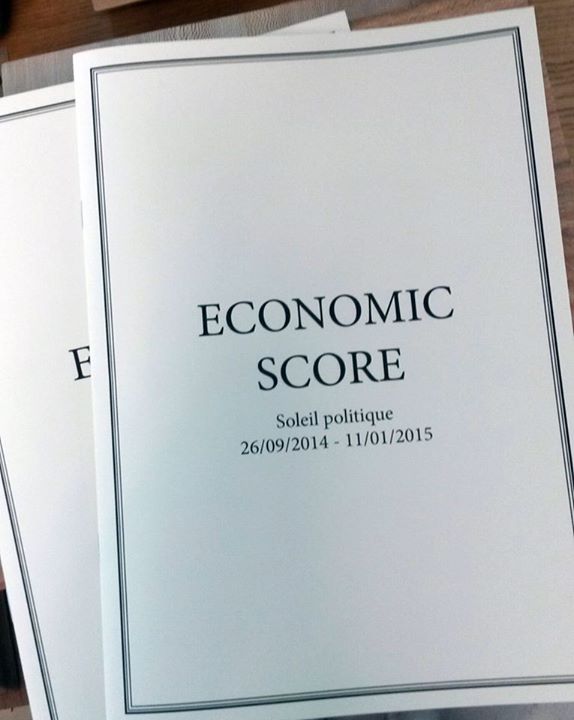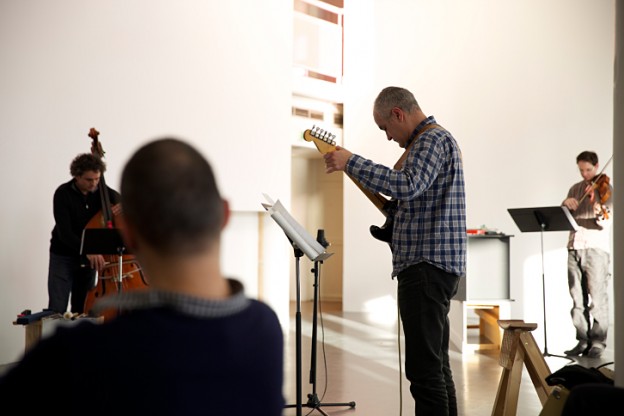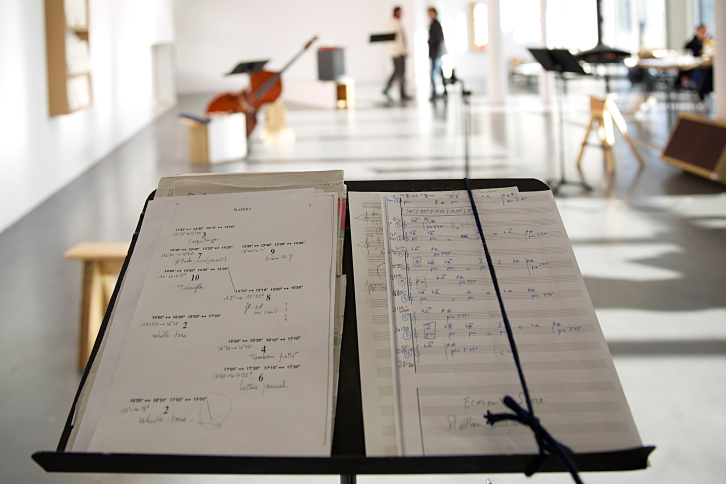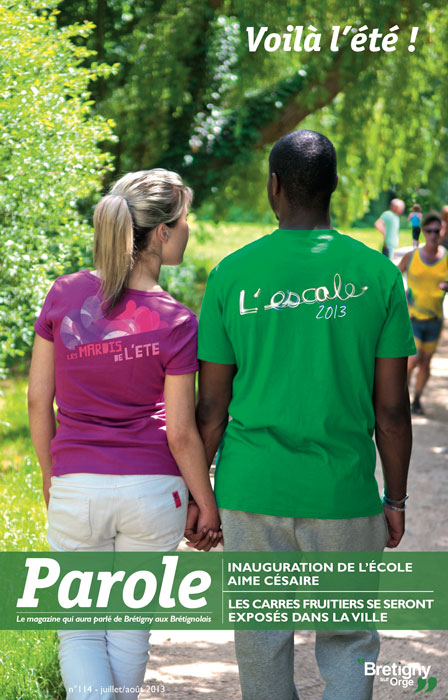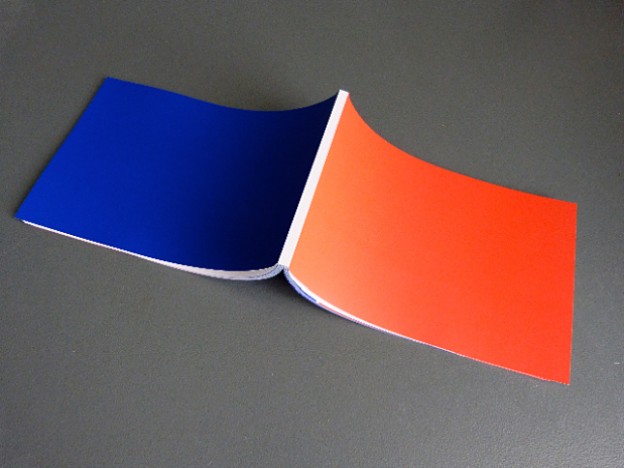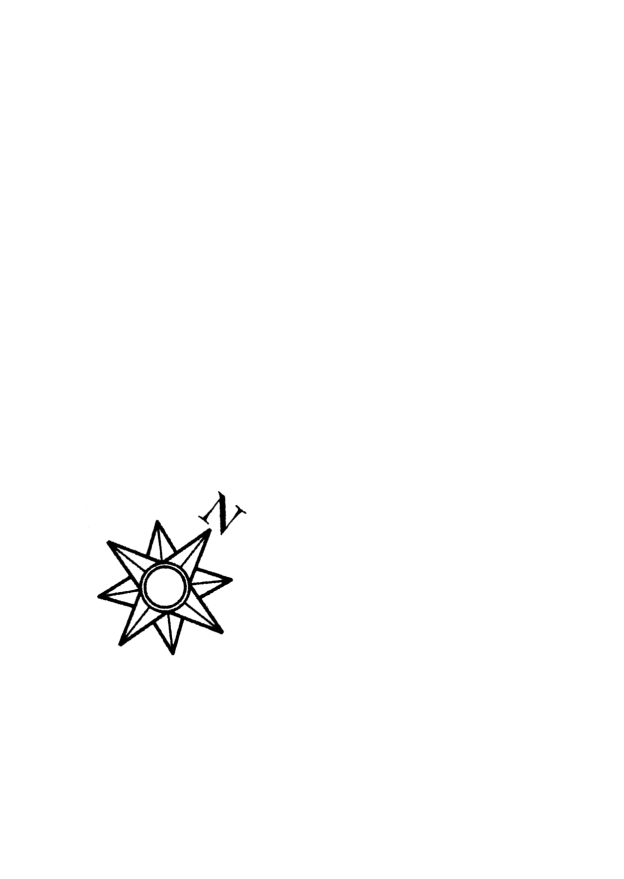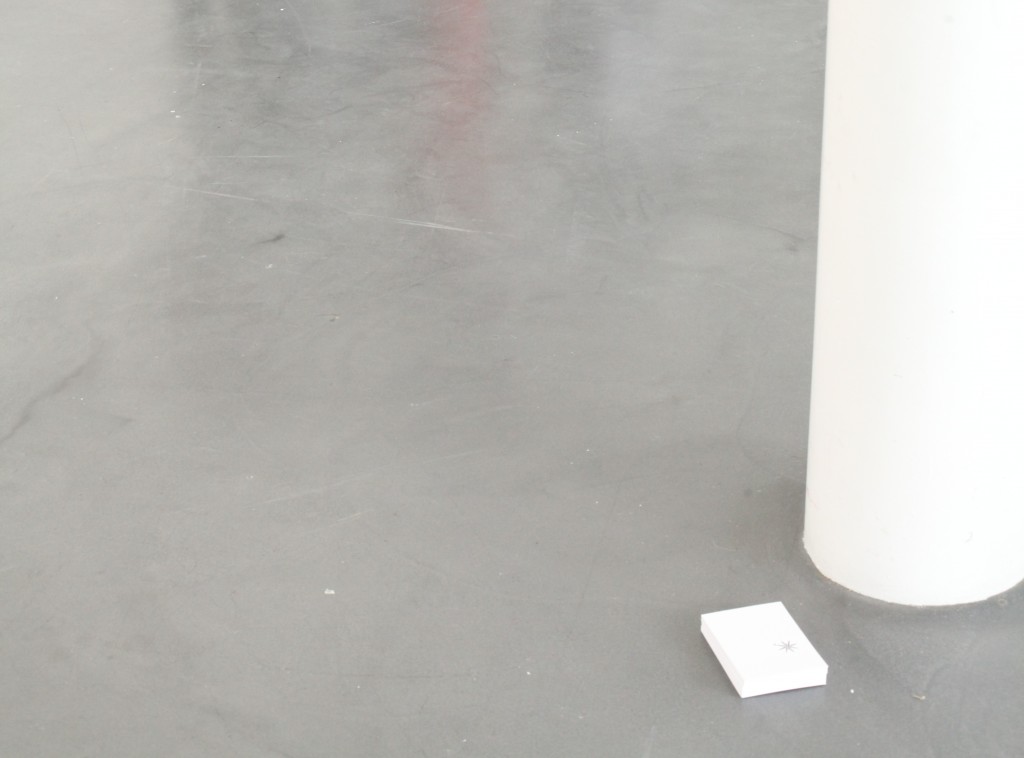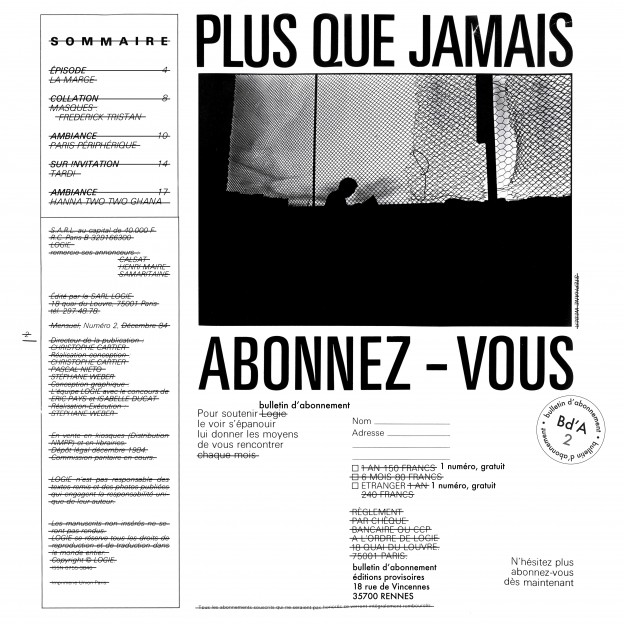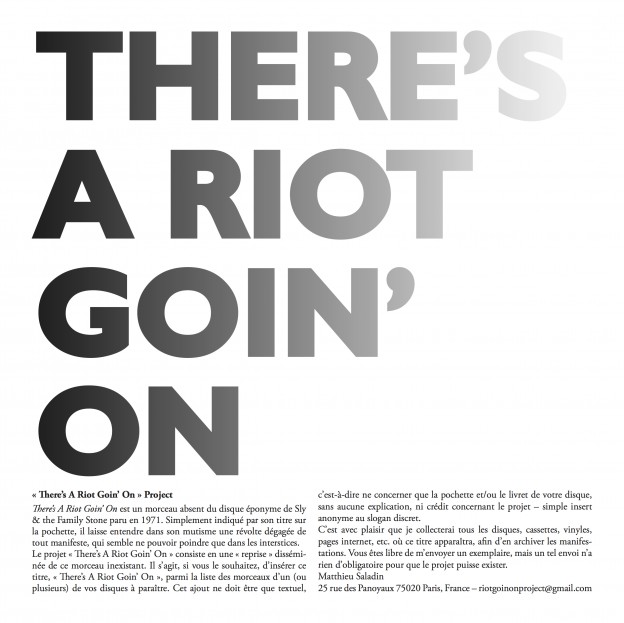LP, produced by Frac Franche-Comté / Alga Marghen, with Incertain Sens, 2013. Project realized with Patrice Caillet et Adam David.
Sounds of Silence is an anthology of some of the most intriguing silent tracks in recording history and includes rare works, among others, by Andy Warhol, John Lennon, Maurice Lemaître, Sly & the Family Stone, Robert Wyatt, John Denver, Whitehouse, Orbital, Crass, Ciccone Youth, Afrika Bambaataa, Yves Klein, etc. In their own quiet way, these silences speak volumes: they are performative, political, critical, abstract, poetic, cynical, technical, absurd… They can be intended as a memorial or a joke, a special offer, or something entirely undefined. The carefully chosen silences of this anthology are intrinsically linked to the medium of reproduction itself and reveal it’s nude materiality. They expose their medium in all its facets and imperfections, including the effect of time and wear. At the most basic level, these silences are surfaces. And it is in their materiality that they distinguish themselves from the conceptual experiments of John Cage with 4’33 ». From the 1950s silence has found a place in the economic structure of the record industry and since then it would increasingly be appropriated by a vast array of artists in a vast array of contexts. Indeed, the silent tracks seem to know no boundaries. The LP presents the silences as they were originally recorded, preserving any imperfection that the hardware conferred upon the enterprise, without banning the possibility to satisfying the ear. The liner notes provide historical background for each track, revealing the stated (or presumed) motivations for these silences, while providing novel sound correspondences or interferences. This album is meant to be played loud (or not), at any time, in any place: a true aural experience.
4 editions between 2023 and 2022. Available here
Disque vinyle 12’, Frac Franche-Comté / Alga Marghen, avec le soutien
des éditions Incertain Sens, 2013. Projet réalisé avec Patrice Caillet et Adam David.
« Sounds of silence » est une anthologie réunissant certains des plus intriguants morceaux de silence de l’histoire de l’enregistrement et comprend des pièces d’Andy Warhol, John Lennon, Maurice Lemaître, Sly & the Family Stone, Robert Wyatt, John Denver, Whitehouse, Orbital, Crass, Ciccone Youth, Afrika Bambaataa, Yves Klein, etc. Si tous ces morceaux ont en commun un même et unique matériau, et peuvent en cela paraître au premier abord interchangeables, ils sont en réalité on ne peut plus divers. Ainsi, oscillent-ils entre le performatif, le mémoriel, le politique, la critique, l’abstraction, le poétique, le cynisme, la blague, la technique, la promotion, l’absurde et l’indéterminé. Les morceaux choisis de cette anthologie rendent néanmoins tous compte de la spécificité de silences pensés et produits pour un médium reproductible, jouant de sa matérialité en le mettant à nu. Ils exposent et révèlent leur médium, jusque dans son usure et ses imperfections. Ce sont de simples surfaces, des spirales de sillon tournant sur elles-mêmes. Pour cette même raison, ces plages de silence se distinguent de la rupture conceptuelle opérée par John Cage avec 4’33’’. Depuis les années 1950, le silence a trouvé une place dans l’économie du disque et a connu d’innombrables appropriations. La plage de silence paraît en effet ne faire exception à aucun courant musical. « Sounds of silence » rejoue ces silences d’après leur support d’origine, conservant toutes les imperfections liées à leur matérialité propre et leur histoire spécifique, sans toutefois négliger le postulat d’une certaine satisfaction d’écoute chez l’auditeur. Cette approche documentée révèle les motivations effectives ou présumées de ces silences, tout en s’aventurant dans des correspondances ou des interférences inédites. Un disque « à jouer fort » (ou non), en tout lieu et toute circonstance : une réelle expérience auditive.
4 éditions, entre 2013 et 2022. Disponible ici.
Collection FRAC Normandie.
